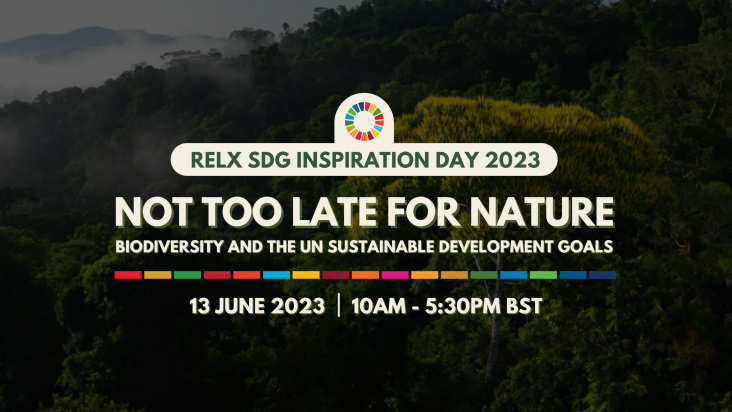Elsevier,
Recent Advancements in Wastewater Management: Implications and Biological Solutions, 2023, pp 109-132
This chapter aligns with Goal 6: Clean Water and Sanitation and Goal 13: Climate Action by discussing the role and challenges of wastewater irrigation in agriculture in response to declining freshwater resources.
Elsevier,
Advances in Chemical Pollution, Environmental Management and Protection, Volume 9, 2023, Pages 65-78
This chapter aligns with UN SDG Goals 3, 6, and 13 by promoting clean water, reducing pollution, and supporting sustainable water management practices.
This chapter aligns with Goal 14: Life Below Water and Goal 6: Clean Water and Sanitation by describing advancements in the use of melt electrospun nanofibers for use in marine oil spill cleanup.

Register today for the ninth RELX SDG Inspiration Day - a free, online event for thought leaders, corporate representatives, students, investors, government and NGOs to explore issues, gain practical insights and be inspired to take action in support of the UN Sustainable Development Goals.
This review will spur more investigations on microplastic ingestion in historical specimens to establish reference points and determine temporal trends for microplastic pollution of the environment.
Drinking water and sanitation services in high-income countries typically bring widespread health and other benefits to their populations.
Possible but rare: Safe and just satisfaction of national human needs in terms of ecosystem services
One Earth, Volume 6, 21 April 2023

The authors investigate a countries ability to provide adequate food, energy, and water, without exceeding nature's carrying capacity. They show that 67% of nations are operating within a safe space for water provision.
Instresting paper on Mediterranean river microplastic pollution
This study is a long-term monitoring study in which inter-seasonal relations are established. Thus, the spread of MP pollution in the region during the year was provided by an important bio-indicator.
This study provides significant information on the occurrence and composition of MPs in the Tampico beach, in addition, we compared the abundance of MPs of this study with similar studies from different parts of the world.
